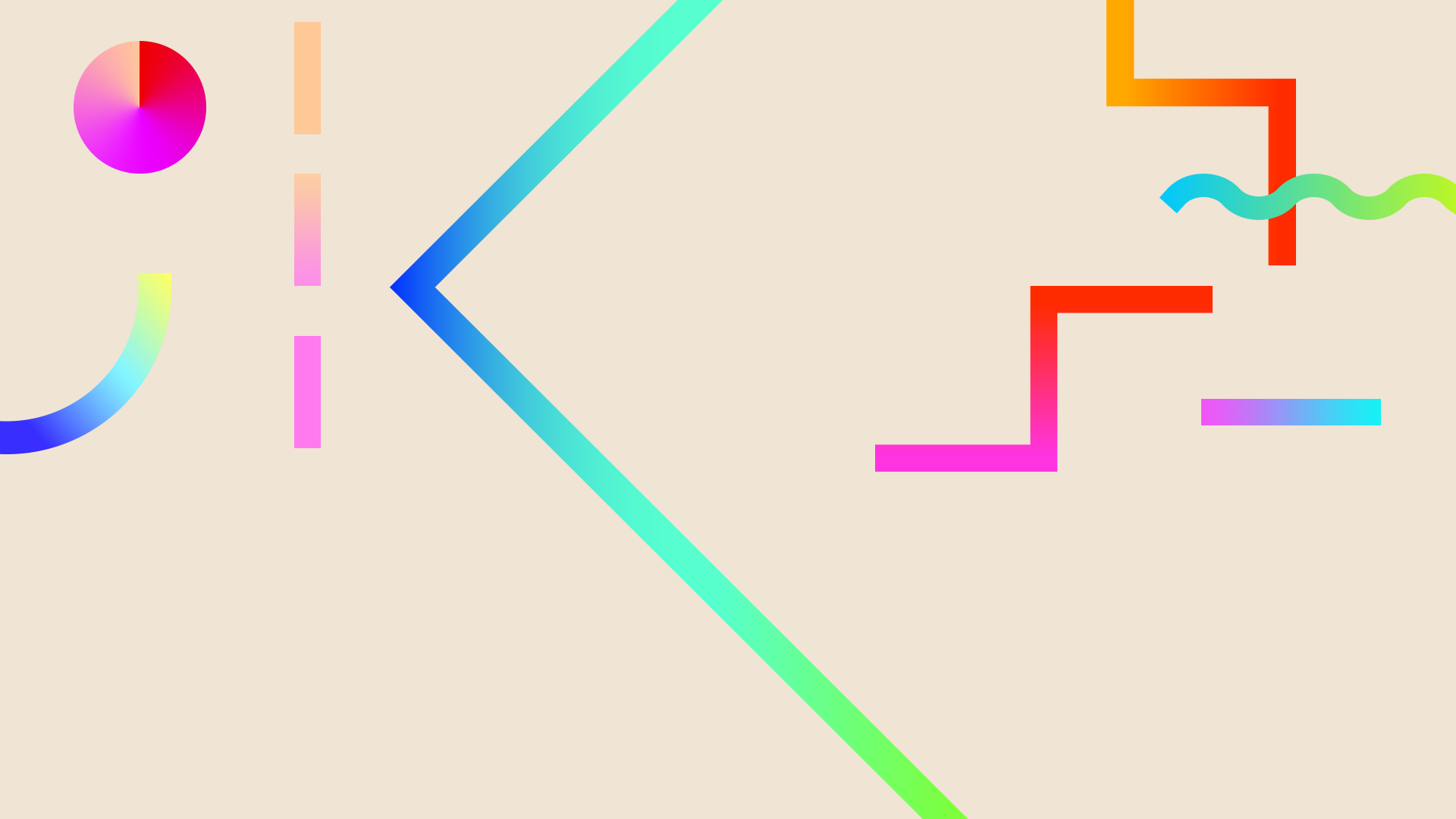
Music to our Ears
The week, we were given the challenge of creating two different musical instruments: one that is primarily a rhythm instrument, and one instrument whose pitch and volume can be changed.
So, what is sound?
-
Vibrations: Sound is produced when something "vibrates". But, what does it mean to vibrate? Vibration is caused by a force (such as a hand hitting the top of a drum), and results in back and forth wiggling through a medium, which we hear as sound. Sound waves that are caused by vibrations consist of areas of high and low pressure (we call these "whaps" [hard whaps lead to increased loudness, and soft whaps cause quiet sounds]).
-
Medium: Just like when you make a piece of art, you choose a "medium" to work in, sound has to find a medium to move through, in order for us to hear it. A common medium of sound is air! When sound travels through the medium of air, vibrations move from the source of the sound (hand hitting a drum), continue to vibrate through the air (the medium!), and then, the sounds reach their destination (ears!).
-
Frequency (and pitch): The frequency of a sound is the rate at which a vibration occurs within a certain amount of time (frequency is usually measured per second). The frequency of sound waves is what determines the pitch that our ears hear. When a sound has a high "pitch", that means that the frequency of the waves that are caused by vibrations is increased (faster waves!). The waves of a high pitched sound look small and tight, like a zig zag. In contrast, when a sound has a low pitch, the frequency of the sound waves that a vibration is causing is slower, which leads to sound waves that are big and loose.
-
Amplitude (and loudness): Just like frequency determines pitch, amplitude determines the loudness of a sound. Amplitude is the height of a sound wave, and can be visualized by thinking of the maximum height of the crest of a wave in the ocean above the calm water below. When more "compressions" (in some areas of sound waves, the molecules get bunched together, and in some areas, molecules get spread out) occur, the sound may get louder, like when I shake the rain stick harder (more, harder whaps = louder sounds). The opposite happens when whaps are softer and more spread out.
Instrument #1: Rain Stick
For my first instrument, I made a rain stick. This instrument changes volumes, but the pitch remains consistent, for the most part.
Want to make your own Rain Stick? Instructions and materials list below:
1. Assemble materials!
2. Cut tube to whatever length you prefer
3. Put tape over one end of the tube
4. Fill tube about a third of the way with rice, popcorn kernels, or dry beans (I used rice!)
5. Tape over the other end of the rain stick
6. Decorate and use your rain stick!
Materials:
-Cardboard tube (paper towel tubes work well!
-Rice/popcorn kernels/dried beans
-Tape (I used decorative tape so that my rain stick looked prettier!)
Click the button below to visit the source of this project!


Instrument #2: Straw Flute
For my second homemade instrument, I made a straw flute. This instrument was made with the goal of being able to change pitch, and volume.
Want to make your own straw flute? Follow these instructions!
1. Lay out a strip of tape (I used decorative duct tape)
2. Lay straws on top of tape
3. Wrap tape all the way around your row of straws (make sure that the straws stay in a single, flat row)
4. Wrap another strip of tape around the straws for extra support
5. Cut straw on a bias, so that the straws go from shortest to longest
6. Play your straw flute!
Materials:
1. Plastic straws
2. Tape
3. Scissors
Click the button for the original instructions for this project!
This video contains a few different sound demonstrations and models. First is a model that shows how sound moves through a medium (using students in our CI3536 class as the medium). This video also includes a slinky model of how different sound waves look depending on their frequency, as well as a "straw clarinet" that demonstrates how frequency goes up as a medium (the straw) gets shorter and shorter.
This demonstration illustrates the patterns that sound waves make out of vibrations as they move through the air. This demo was done using a balloon stretched over the lid of a can, with a small shard of mirror glued to the surface of the balloon. When Jeff speaks into the open end of the can, and points at the mirror with a laser pointer, the balloon vibrates, and makes the mirror move, which projects some really cool patterns on the wall!
This tuning fork demonstration is quick, but does a great job of giving us a visual of how vibrations move sound through a medium (in this case, water!). To make this demo work, we just hit the tuning fork against the table that we were working at, anf stuck it into a container full of water. When we stuck the fork into the water, the tuning fork continued to vibrate, and splashed the water in the jar!



